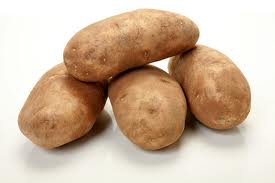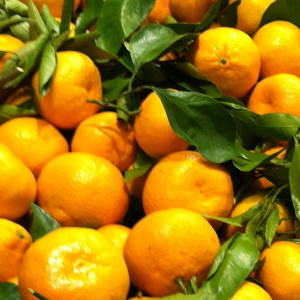Potato Gratin
This rich, creamy gratin gets a note of smokiness from the bacon between the layers of tender potatoes.
by Molly Stevens from Fine Cooking
- 2-1/2 lb. Yukon Gold potatoes, peeled & sliced into 1/8-inch thick rounds
- 2-1/2 cups heavy or light cream
- Sea salt & fresh ground pepper, to taste
- 4 oz. bacon
- 3 medium leeks, white and light-green parts only, thinly sliced
- 6 oz. grated Gruyère
- 2 to 3 tsp. chopped fresh thyme
- 1/4 tsp. freshly grated nutmeg
- 1/2 cup fresh breadcrumbs
- 1/4 cup finely grated Parmigiano-Reggiano
- 2 tablespoons unsalted butter, melted
Serves 8
Position a rack in the center of the oven and heat the oven to 400°F. Butter or oil a 3-quart gratin dish; set aside.
Put the potatoes, cream , 1/2 tsp. salt, and a few grinds of pepper in a 12-inch skillet. Simmer, partially covered, over medium to medium-low heat, stirring occasionally and gently with a rubber spatula until the potatoes are barely tender when pierced with a fork or skewer, 8 to 12 minutes.
In a medium skillet, cook the bacon until browned and fully cooked. Set aside to cool, reserving 2 tablespoons of the fat in the skillet. Heat the reserved fat over medium-high heat and sauté leeks until tender, fragrant, and lightly browned. Season to taste with salt and pepper. When the bacon is cool, crumble it into small pieces.
Using a slotted spoon, transfer half the potatoes to the prepared gratin dish, spreading them evenly. Layer on the leeks, bacon, Gruyère, thyme, and nutmeg. Top with the remaining potatoes spreading them evenly, and pour over any liquid remaining in the pan.
In a small bowl, combine the breadcrumbs, Parmigiano-Reggiano, and melted butter.
Evenly scatter the topping mixture over the potatoes. Bake the gratin until it’s bubbly, the top is brown, and the potatoes are completely tender when poked with a fork or a skewer, 25 to 30 minutes. Let the gratin sit for at least 10 and up to 30 minutes before serving so the liquid is fully absorbed and the layers are cohesive.







